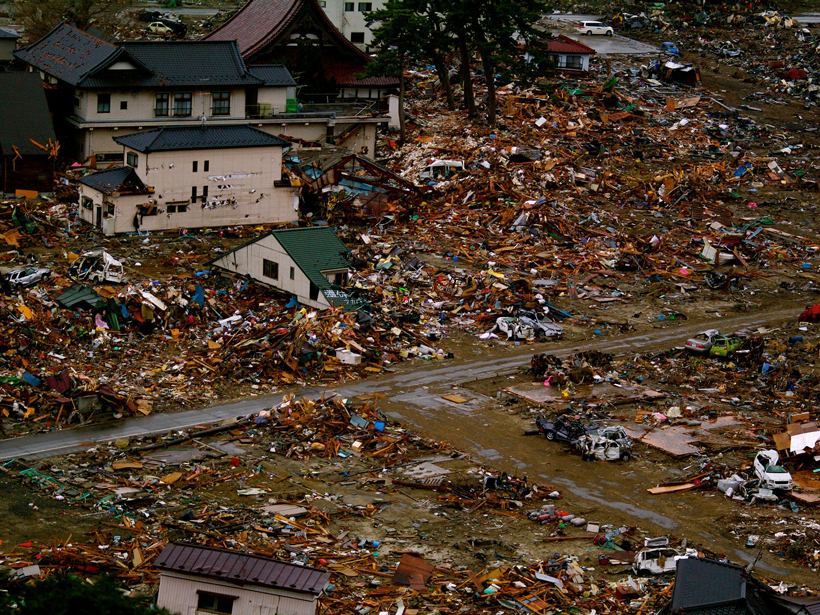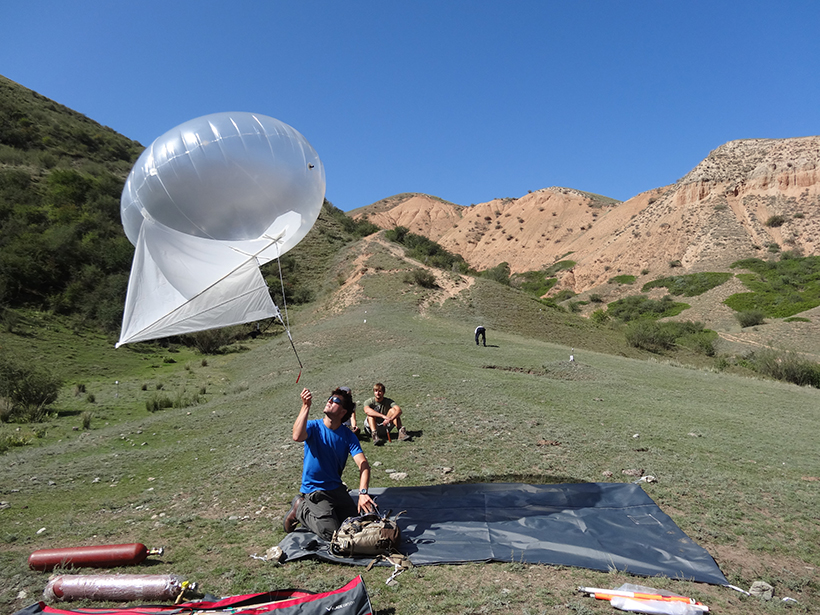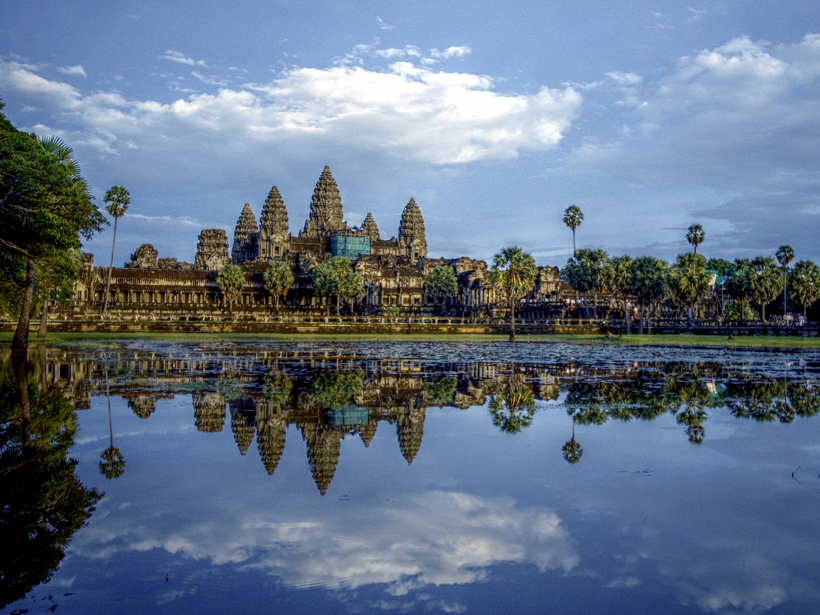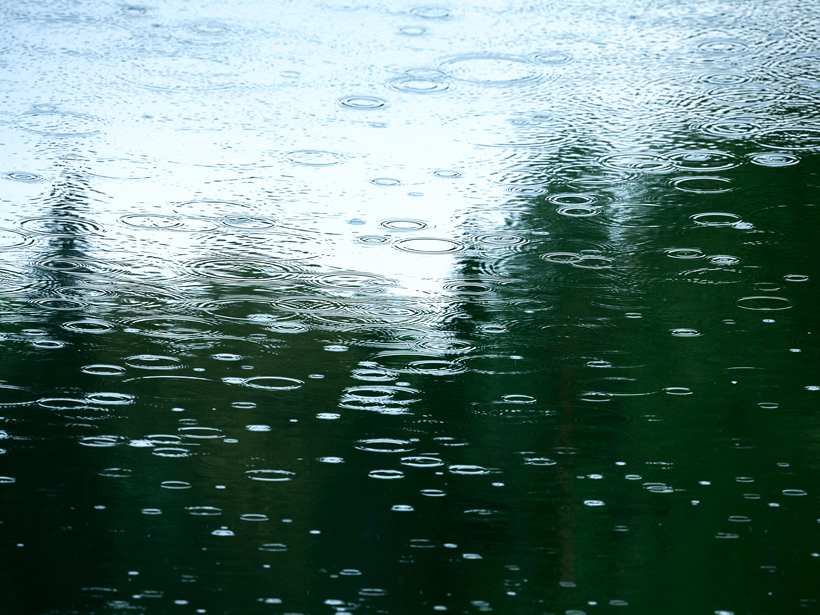Analysis of the change in the stratovolcano's tilt just prior to the explosion suggests that the cracking of a previously intact fluid barrier caused the country's deadliest eruption since 1926.
Asia
An Up Close Look at the Megaquakes That Cause Tsunamis
Researchers recreate changes in the seafloor during Japan's devastating 2011 tsunami.
East of Japan, Upper Ocean Waves Follow a Seasonal Cycle
The seasonality of fine-scale, near-surface ocean dynamics raises important considerations for an upcoming satellite mission to measure global sea surface height.
Mapping the Movement of Energy Under Japan
New research on the energy waves caused by earthquakes provides the most detailed map to date of the subduction zone beneath Japan.
How Irrigation in Asia Affects Rainfall in Africa
Up to 40% of the total rainfall in arid parts of East Africa may be caused by water vapor from farming practices in South Asia.
Tracking Down Elusive Origins of Kazakhstan's 1889 Chilik Quake
New fieldwork and satellite data suggest that three faults may have caused a large earthquake near Almaty, Kazakhstan, more than a century ago.
Japan's Volcanic History, Hidden Under the Sea
Scientists investigate marine tephra layers for clues to Japan's volcanic past.
Tsunami Forecast System Could Provide Early Warnings in Japan
New simulations show that an array of sensors mounted to the ocean floor can capture tsunami size and wavelength.
Implications of Future Changes in the Asian Monsoon's Intensity
AGU Chapman Conference on the Evolution of the Asian Monsoon and Its Impact on Landscape, Environment, and Society; Hong Kong, China, 14–18 June 2015
Mercury in Rain Increasing in Western and Central United States
Despite tightening emissions rules, mercury concentrations are rising in rainfall wetting western and central regions of the United States. The pollutant may waft in from Asia, scientists speculate.









